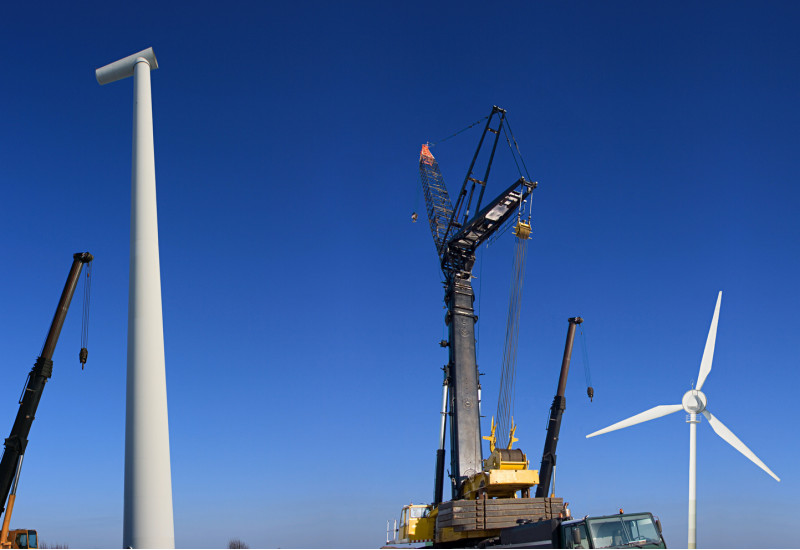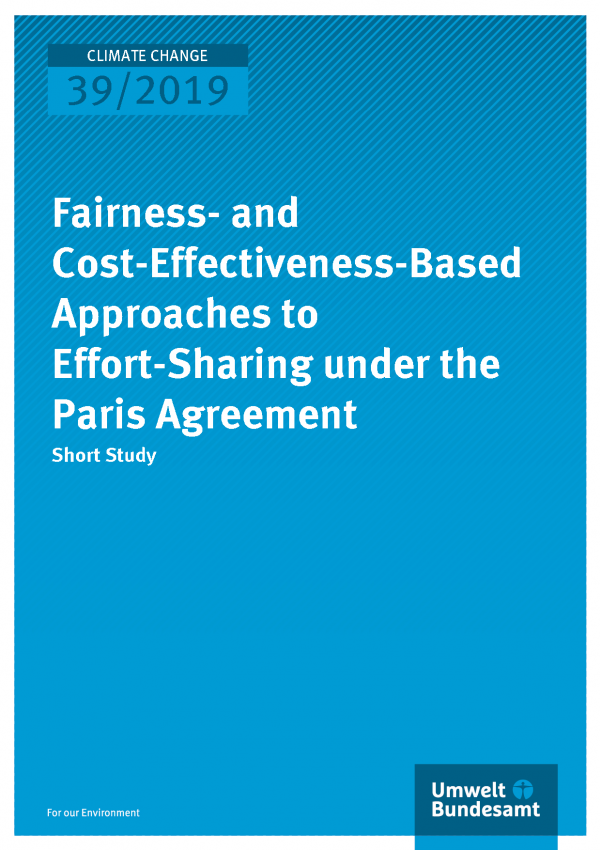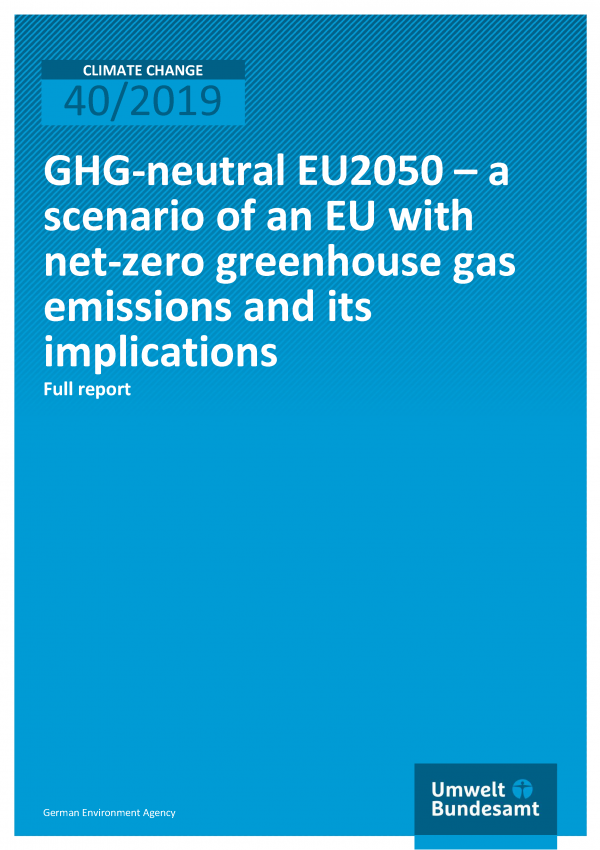Climate change in Germany: New monitoring report illustrates far-reaching impact

More and more proof of global warming becoming evident
Source: Seonphoto SergeiGo / Fotolia |
The effects of global warming are becoming increasingly evident in Germany and can be better documented. This shows the monitoring report on the German Adaptation Strategy to Climate Change, which was prepared by the Competence Centre on Climate Impacts and Adaptation (KomPass) at UBA, together with nearly 200 individuals from federal and Länder authorities, universities and professional associations, and presented to the public on 26 November. According to the report, the average air temperature in Germany rose by 1.5 degrees between 1881 and 2018, with a 0.3-degree increase over the last five years alone.
The consequences are far-reaching: The number of "hot days” – days on which temperatures climb to over 30°C has risen from around three in 1951, to about ten days per year today. The heat wave of 2003 caused 7,500 more deaths than would have otherwise occurred. Another cause for concern is the propagation of the Asian tiger mosquito, which can spread diseases such as Chikungaya or dengue fever previously not known to occur in Germany.
The increasing occurrence of drought in the past ten years has meant frequent low water tables, leading to water supply problems in some communities. More frequent dry spells and episodes of low water levels in rivers are taking a toll on ecosystems, impeding shipping and jeopardising the supply of cooling water to power plants and industry. Agriculture and forestry are also affected. The available water in agricultural soils has declined significantly over the past 50 years. In 2018, heat and drought caused damage worth 700 million euros in the agricultural sector. The increase in extreme weather events such as storms and heavy rains in 2018 led to insurance losses to buildings, motor vehicles, household goods, trade, industry and agriculture worth about 3.1 billion euros.
"The core message of the monitoring report is that the future is now. Germany is fully affected by global warming and its far-reaching impact on the environment, society and health. We urgently need to implement measures to counteract these effects.” said UBA President Maria Krautzberger.































